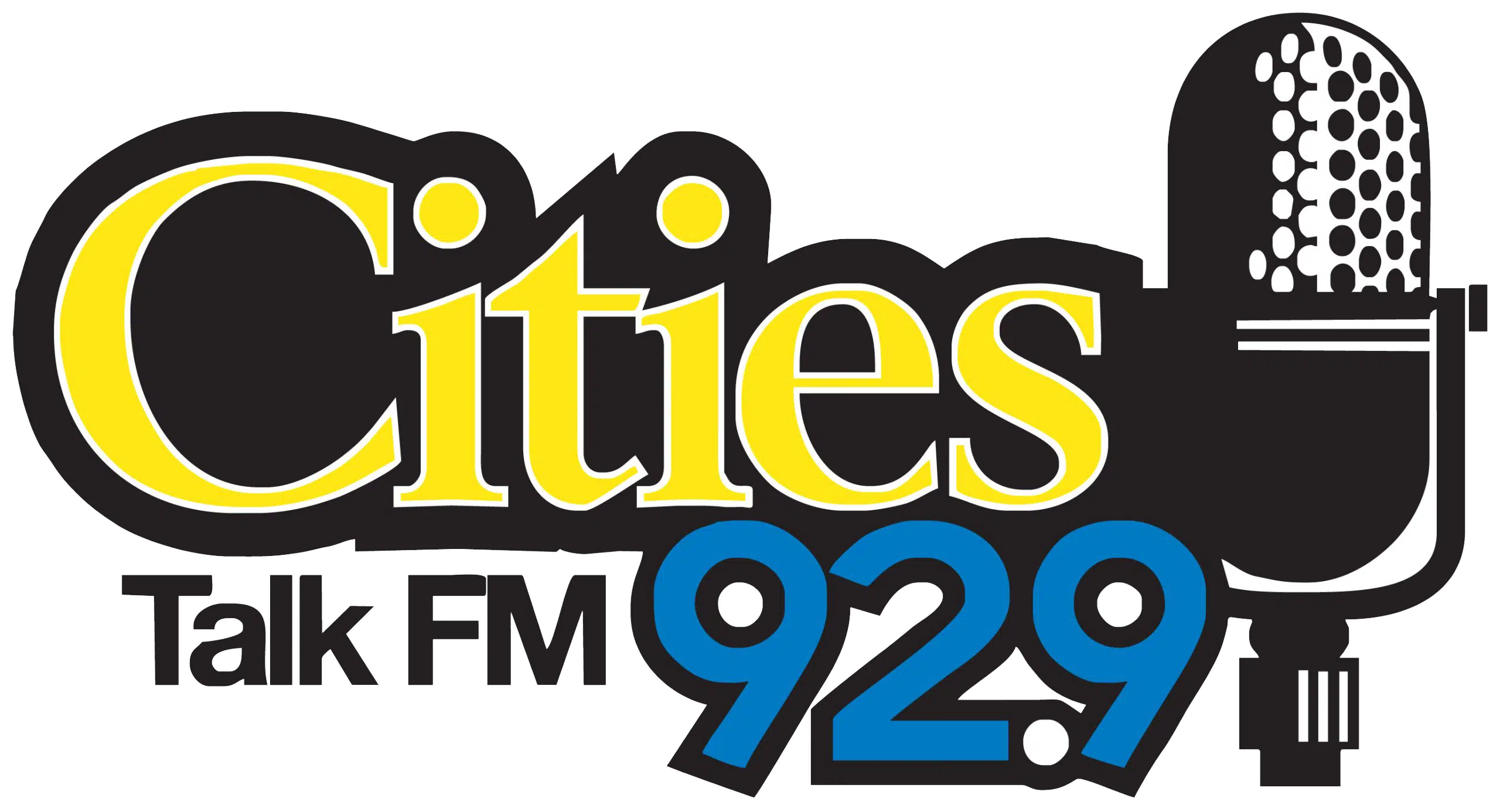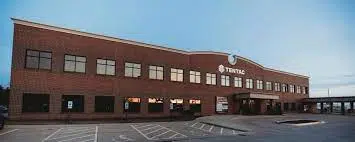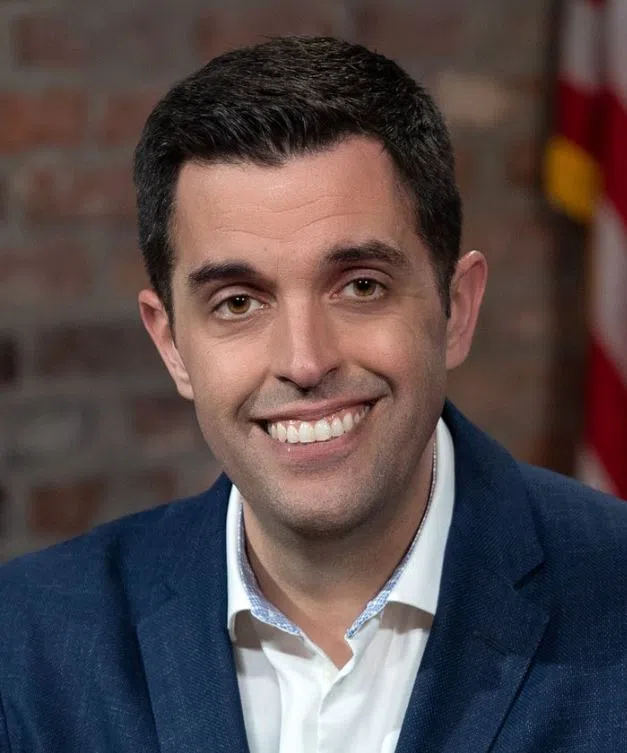One of Bloomington-Normal’s biggest private developers are concerned this “local housing crisis” is being exaggerated. They just don’t see what everyone’s talking about when it comes to a “lack of inventory.”
Tentac Enterprises, is the developer of some of the most visible projects and businesses in Bloomington-Normal. Dave Fedor and Charlie Farner are the owners of the company. Leann Seal is the Vice President of Sales and Marketing
“The community thinks there is no housing available,” said Seal. When in fact we have homes and apartments.”
“Between Brookridge Apartments, Ironwood Apartments, Brickyard Apartments and St. Ivan’s Apartments, we currently have 120 units available. said Fedor. “We have got another 32 coming onboard in the next 60 days. We just added a brand new 32-unit building, which is in the process of being leased up now at Brookridge.”
“We do have units at our Ironwood property starting at $750,” Seal said said Seal. That is our studio suites. We had eight available as of Friday (Sept.22).”
“We’ve got 19 completed spec houses on the market ranging from $310,000 to probably $500,000,” said Fedor, “and another 20 that will be on the market between now and the end of the year.
Those homes range from two bedroom two baths up to four bedrooms. Homes are available from price ranges found in the Cedar Ridge Subdivision in south Bloomington to those found in the Hershey Grove subdivision in north Normal.
“Permits for new builds have slowed down,” said Fedor, “because the sales of the homes have slowed down. Here we are sitting on 19 spec homes and 20 more coming on in the next few months and we don’t need to put any more in the ground because traffic out there has been very, very slow and it’s largely due to interest rates.”
“We went from two years ago where we dug a hole we sold a house before it was even completed,” said Farner, “to all of a sudden the fall of last year where things just came to a screeching halt largely because of the interest rate and uncertainty at the time.”
“I would say almost totally because of interest rates and economic uncertainty,” said Fedor.
“We were at three percent roughly on a 30 year mortgage two years ago,” said Fedor. “Now we are at seven and a half to eight.”
Today’s interest rates are two and a half times higher than they were just 30 months ago.
“Obviously, if we have 120 units available and we have 19 specs on the market and 20 more coming on, and very little traffic coming in then the crisis is not the availability, the crisis is because of the unaffordability because of interest rates,” said Fedor.
Fedor noted that we have seen a number of apartment complexes announced recently and wonders if high interest rates is the reason we have yet to see any ground turned on those projects.
“The rates that we were seeing for apartment construction are now at least two times of what they were a year ago,” said Fedor.
According to Fedor, in addition to higher interest rates, the cost of inflation pushing up materials costs has increased the cost of building a 32 unit apartment building from $3.2 million two years ago to $4.5 million today.
“That’s a huge increase,” said Fedor.
Farner questions whether or not there is a housing crisis.
“Is there truly a housing crisis?” asked Farner .
Farner suggests that other developers may be questioning where the “housing crisis” information is coming from (the data and the statistics included in the Regional Housing Market Analysis prepared by the Bloomington-Normal Economic Development Commission) and thinking to themselves, “We may need to slow our roll here as far as starting to put another 400 units up.”
“We’re scratching our heads, where is this crisis?” said Farner. “Crisis means we need it and we need it now, there’s no ifs ands or buts about it.”
“There’s not an apartment to be found!” said Fedor. “And I know that’s not true. We are a substantial apartment owner here in town, looking at managing and/or owning 1500 units. So if we are looking at 120 available units there are a lot of other apartment owners out there. They are probably looking at a similar percentage of units available in their portfolio as well.”
“I’m sure that there is no apartment owner out there that says ‘I’ve got plenty of business,” said Farner.
Tentac’s current occupancy rate based on the above numbers would be something around 92%. The company strives for 95%.





